新人教版高中英语必修2Unit 1 Cultural Heritage-Reading and Thinking教案二
-
- 页数:4页
- 字数:约 4719 字
- 大小:69.68KB
- 格式:.docx
- 版本:Office2016及以上版本
- 作者:Tovelo_PPTer
Unit 1 Cultural Heritage-Reading and Thinking教案
From Problems to Solutions教学设计
1. This section focuses on"Understanding how a problem was solved”, which is aimed to guide studentsto analyze and discuss the challenges and problems faced by cultural heritageprotection during the construction of Aswan Dam, as well as the solutions. On thebasis of understanding, students should pay attention to the key role ofinternational cooperation in solving problems, and attach importance to thebalance and coordination between cultural heritage protection and social andeconomic development. Students are encouraged to face challenges actively, begood at cooperation, and make continuous efforts to find reasonable ways andmeans to solve problems.
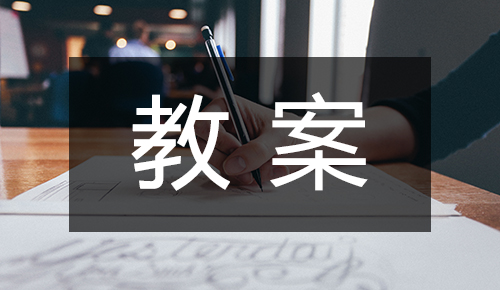
2. Enable students to understand the main information and text structure ofthe reading text;
3. Motivate students to use the reading strategy "make atimeline" according to the appropriate text genre;
4. Enable students to understand how a problem was solved;
5. Enable students to understand the value of protecting cultural heritageby teamwork and global community;
1. Guide students topay attention to reading strategies, such as prediction, self-questioning andscanning.
2. Help students sortout the topic language about protecting cultural relics and understand thenarrative characteristics of "time-event" in illustrative style
3. Lead students to understandthe value of protecting cultural heritage by teamwork and global community;
1. Prediction
Step 1 Predicting the mainidea of the passage
Look at the title and the pictures, and thenpredict what the passage will be about.
Q: What will betalked about?
Step2: Fast reading tasks
Task of the firstfast reading:
Read quickly andfigure out the key words of each paragraph.
• Paragraph 1: challenge
• Paragraph 2: proposal led to protests
• Paragraph 3: committee established
• Paragraph 4: brought together
• Paragraph 5: success
• Paragraph 6: spirit
Task of the secondfast reading:
1. Why did theEgyptian government want to build a new dam in the 1950s?
2. Why did thebuilding of the dam lead to protests?
3. How did thegovernment save the cultural relics?
4. Which one candescribe the project?
A. Successful. B. Negative. C. Useless. D. Doubtful.
5. What can belearned from the Aswan Dam project?
Step3: Careful reading tasks
Read more carefullyand answer the following questions.
1. What do “problems”refer to and what do “solutions” refer to?
2. Find out thenumbers in paragraph four and explain why the author used exact numbers insteadof expressions like many?
3. What can you inferfrom "Over the next 20 years, thousands of engineers and workers rescued22 temples and countless cultural relics”?
4. What can you inferfrom "Fifty counties donated nearly 80 million to the project”?
The project cost alot of money.
5. Before thebuilding of the dam, what problems did the Nile River bring to the Egyptian?
6. What words can youthink of to describe the working process of the project?
Step 4: Consolidation
Divide the passageinto three parts and then fill in the blanks.
Part 1(paragraph 1)
The introduction ofthe topic
Keeping the rightbalance between progress and the protection of cultural sites is a bigchallenge.
Part 2 (paragraphs 2-5)
The process of savingcultural relics
•Big challenges cansometimes lead to great solutions.
•TheEgyptian government wanted to build a new dam, which would damage many culturalrelics.
•Thegovernment turned to the UN for help.
•Expertsmade a proposal for how to save cultural relics after a lot of efforts and thework began.
•Culturalrelics were taken down and moved to a safe place.
•Countlesscultural relics were rescued.
•Theproject was a success.
Part 3 (paragraph 6)
The summary of thetext
The global communitycan sometimes provide a solution to a difficult problem for a single nation.
Step 5: Critical thinking:
1. How to deal withthe construction and the protection of cultural relics?
2. As students, whatshould we do to protect our cultural relics?
Step 6: summary
The outline of thepassage
Introduce the topic:
A big challenge - the balance between progress and the protection of cultural sites.
您可能喜欢的文档
查看更多
新人教版高中英语必修2Unit 2 Wildlife Protection-Reading and Thinking教案二
- 页数:4页
- |大小:68.13KB
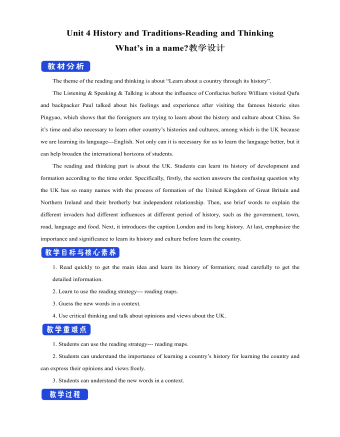
新人教版高中英语必修2Unit 4 History and Traditions-Reading and Thinking教案二
- 页数:4页
- |大小:117.23KB

新人教版高中英语必修2Unit 5 Music-Reading and Thinking教案二
- 页数:2页
- |大小:79.26KB

新人教版高中英语必修2Unit 3 The Internet-Reading and Thinking教案二
- 页数:3页
- |大小:81.21KB
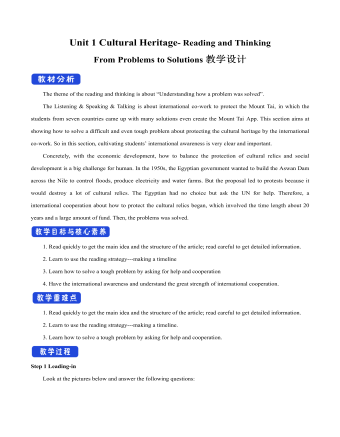
新人教版高中英语必修2Unit 1 Cultural Heritage-Reading and Thinking教案一
- 页数:4页
- |大小:118.25KB
热门课件教案
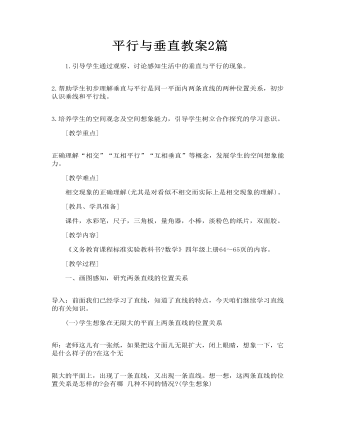
平行与垂直教案2篇
- 页数:9页
- |大小:101.04KB
- 课件教案
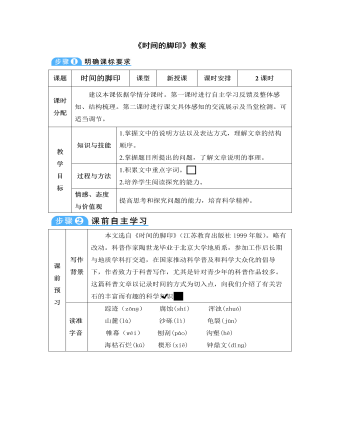
部编版语文八年级下册《时间的脚印》教案
- 页数:4页
- |大小:511.50KB
- 课件教案
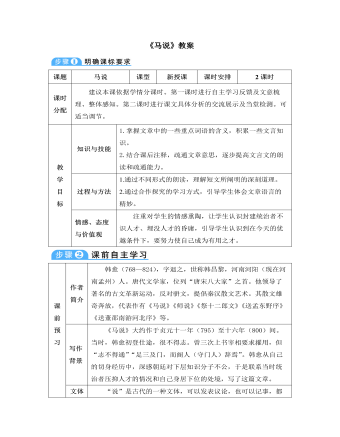
部编版语文八年级下册《马说》教案
- 页数:8页
- |大小:367.50KB
- 课件教案
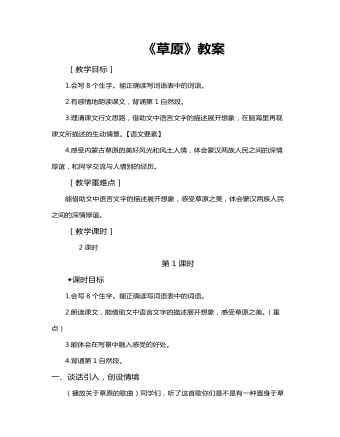
部编版六年级语文上册《草原》教案
- 页数:6页
- |大小:265.86KB
- 课件教案

精选高中生期末评语
- 页数:42页
- |大小:7M
- 课件教案
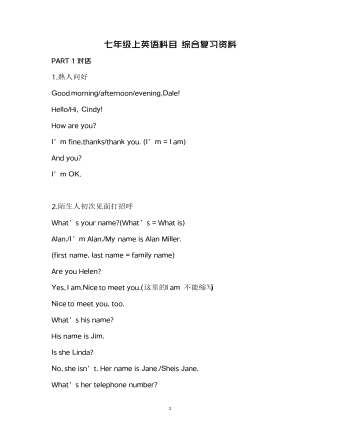
部编版英语七年级上总复习知识点教案
- 页数:19页
- |大小:946.34KB
- 课件教案
今日更新

精选高中生期末评语
- 页数:42页
- |大小:7M

××县招商局2024年上半年工作总结
- 页数:12页
- |大小:142.54KB

“四零”承诺服务创建工作总结
- 页数:5页
- |大小:39.83KB
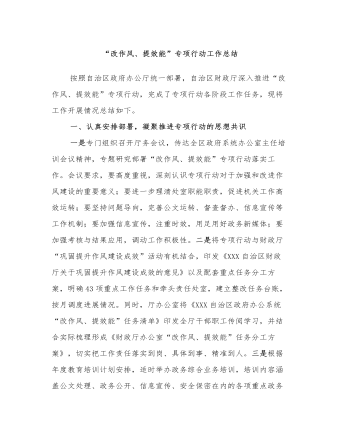
“改作风、提效能”专项行动工作总结
- 页数:6页
- |大小:139.05KB
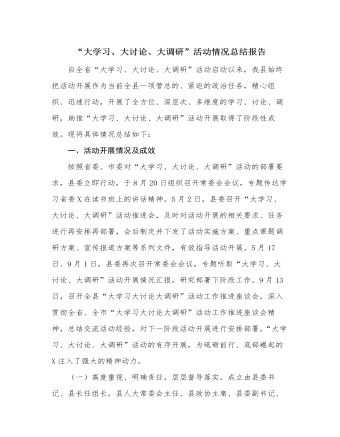
“大学习、大讨论、大调研”活动情况总结报告
- 页数:7页
- |大小:26.12KB
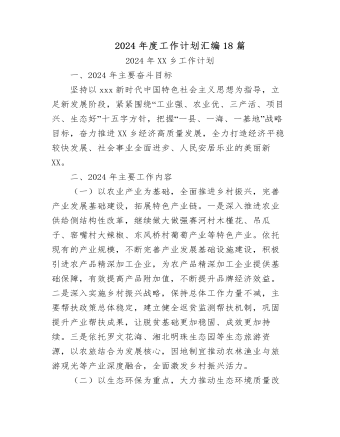
2024年度工作计划汇编(18篇)
- 页数:72页
- |大小:196.93KB







